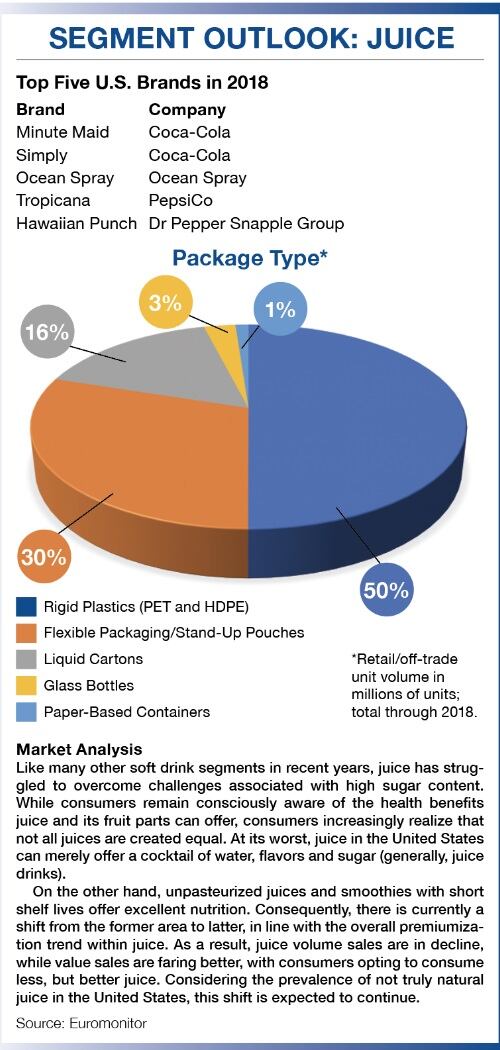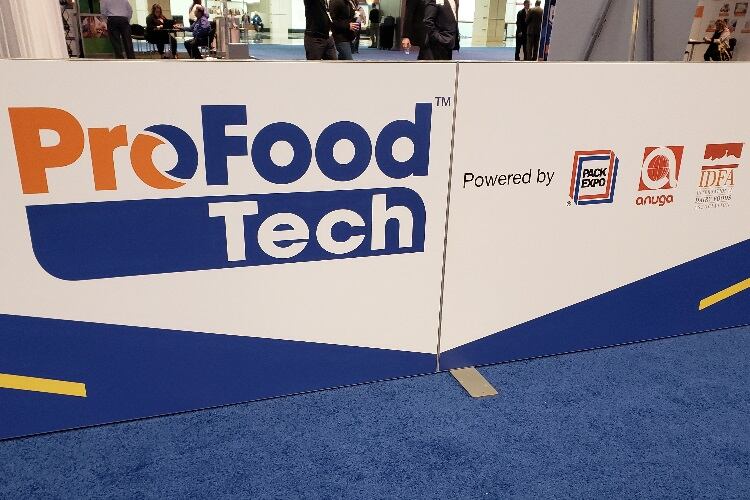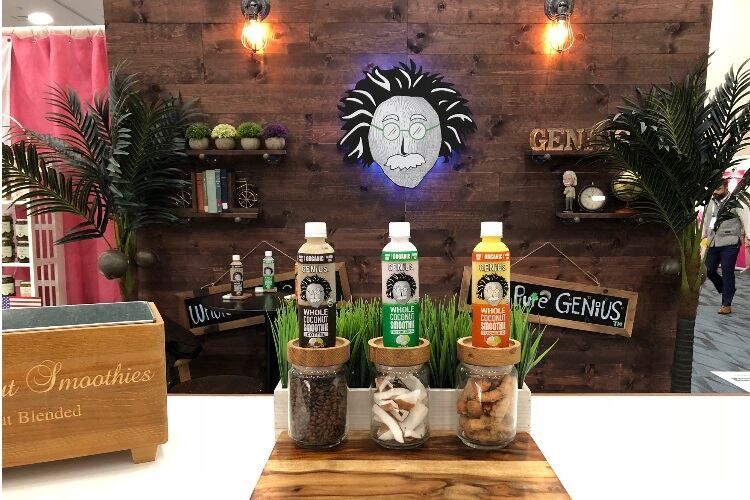The world processing machinery market is estimated to be worth about $52bn, and growing annually 5.5%. Beverage machinery is growing the fastest at about 6.7% each year. The US processing equipment market is growing at 2.8%, a little slower than other developed markets, worth about $5.7bn.
Population, demographics, income and development of retail channels all contribute to the shift of processing trends, but the main driver around the world right now is the risen interest in health and wellness. Consumers are hyper-concerned about what’s on the label of the products they consume, including the formulation and ingredients.
People prioritize food safety and now try to stay away from additives and preservatives, though they want and expect products with a long shelf life. This has presented a new challenge for processing and packaging to develop and refine technologies that can improve shelf life.
Methods like high pressure processing (HPP), filtration and vacuum packaging represent some of the different technologies designed to make food and beverages last longer without additives. It becomes a decision for large and small brands alike - whether or not to invest in more expensive, thorough processing to meet consumer demand.
Breaking down barriers
Jorge Izquierdo is the VP of market development for the Association for Packaging and Processing Technologies (PMMI), one of ProFood Tech’s producers. He spoke to BeverageDaily at the show about beverage processing trends and how the industry is responding to the adventurous, inquisitive millennial consumer.
With this wider shift in consumer perception also comes a change at the everyday level for brands. In the past, a small manufacturer faced more obstacles in getting to market, and it was more difficult to get products into large retailers like Target and Walmart.
“We’re finding more and more that those barriers are coming down. We’re finding small manufacturers are having the opportunity to compete and have their products in front of their consumers,” Izquierdo said.
The millennial consumers are less interested in big-name, inexpensive, ‘heritage’ brands and are more willing to research the best product and pay extra for it. It’s more common to find very specific products from smaller manufacturers, and that consumer demand is helping get them into more mainstream distribution channels.
“[Millennials] recognize value and are more willing to pay for it. They are also more willing to try new things, try them and adopt them,” Izquierdo said.
He described customers as being ‘more inquisitive’ in general, causing manufacturers to improve their traceability and sterilization, and not just to comply with the required legislation. People want more than non-GMO and organic labels on their products, they also want the proof behind it. Companies are listening by including sourcing information on-pack and online, like animal health and farm tracking.
Filling gaps in a weak workforce
To accommodate these changes, there’s been a rise in processing digitalization and automation across all industries. In the past several years, manufacturers have struggled with a significant lack of qualified labour, further driving the need for automation.
According to Izquierdo, robotics innovation isn’t replacing human jobs, but rather filling the gaps in a weak workforce. It’s been a challenge at all levels - operators, technicians and engineers.
Now manufacturers need to recruit more workers able to handle the vast data being collected by the new processes. It’s still important to have qualified labor for added flexibility, but some of that flexibility is now being absorbed by technology.
Machines have become easier to operate, and the data collection is more accessible to display and monitor. The challenge is in analyzing the information, and the industry is improving in terms of developing new software platforms to assist this. Predictive maintenance and remote work is also becoming more common for all-size CPGs, not just the large operations.
There’s been a lot of investment toward flexible manufacturing, which is the ability to quickly switch from one product to another. Companies aren’t just looking for a fast machine, but one that can quickly adapt from one product to another.
“It’s getting easier to justify the investment in robots because of the [lack of] labour availability,” Izquierdo said.
“It’s really happening, it’s not just fancy words out there. It’s happening at reasonable prices, and it’s not just for very large operations or brand new, complete lines.”





